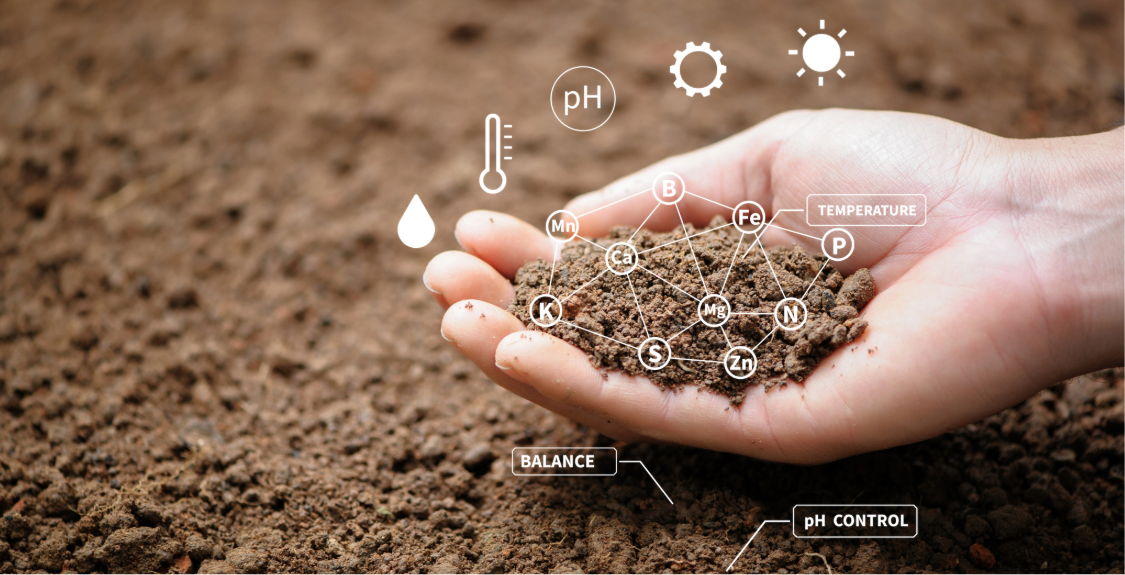AFM NEWS
What is Precision Ag Soil Sampling and How Does it Help Farmers?

Precision agriculture, a farming approach that uses technology to observe, measure, and respond to crop variability within fields, helps farmers make informed decisions about how much to apply fertilizers, water, and pesticides. Traditional farming becomes a data-driven process that enhances productivity, reduces costs, and minimizes environmental impacts. One tool used by precision agriculture is soil sampling, which determines the nutrient status in the field as well as nutrient variability. Continue reading to learn about soil sampling methods and technologies.
One sampling method is grid sampling, which involves dividing a field into a grid (usually dependent on soil history or landowner preferences) and collecting soil samples from each grid point. This method helps map variations in soil nutrients, pH, and other traits across a field. With this data, farmers can apply fertilizers and other inputs by matching specific needs in a grid area. Some farmers may select this method if certain land uses have significantly changed the soil nutrient levels or if small fields with different crop histories have merged together. Data collected from this nutrient map can be used for many years depending on the measurement: 10 to 20 years for soil organic matter, five to 10 years for pH, and four to five years for potassium, zinc, and phosphorus.
Another method is directed sampling, which involves collecting soil samples from specific areas of a field that are known to vary based on prior data. This method is less intensive than grid sampling and focuses only on critical zones that show noticeable variations, such as uneven crop growth or soil composition issues. Directed sampling is more cost-effective than grid sampling, but patterns in soil fertility may not be detectable with directed sampling vs. grid sampling. There are clear advantages and disadvantages for each method, but the professionals at Ag Services can help you determine which method will be the most beneficial in your situation.
Various technological methods and equipment are used to gather information in precision soil sampling, such as mapping services and software. Additionally, we can use GPS and remote sensing data and output it to this software, allowing us to create field boundaries, sampling maps, application maps, and more. Our land management professionals are available to share their expertise and provide customized guidance for your precision agriculture.
Precision agriculture leverages soil sampling to optimize crop management by understanding and responding to field variability. Whether through grid sampling’s detailed nutrient mapping or directed sampling’s targeted approach, farmers gain valuable insights that improve productivity, cost-efficiency, and environmental sustainability. Advanced technologies like mapping software, GPS, and remote sensing enhance data accuracy and support precise applications. Our Ag Services team is ready to help tailor these methods to your unique field needs, ensuring you maximize the benefits of precision agriculture.
